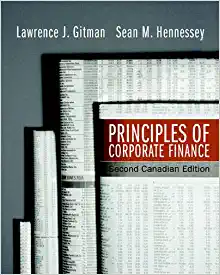Answered step by step
Verified Expert Solution
Question
1 Approved Answer
1 Reference on the attached file under Question 1 Tab a) Estimate Federated's equity beta b) Estimate Federate's cost of equity capital C) Estimate Federated's
1 Reference on the attached file under "Question 1 Tab" a) Estimate Federated's equity beta b) Estimate Federate's cost of equity capital C) Estimate Federated's weighted-average cost of capital d) Estimate the after-tax cash flows relevant to the investment. Assume the salvage value is realized in year 8 and working capital is liquidated in year 9. e) Estimate the investment's net present value f) Estimate the investment's internal rate of return. Does the investment appear attractive financially? g) Estimate the present value of the investment's economic value added. (Note that the salvage value is captured in the annual EVAs.) Question 2 Reference in attached file under "Question 2" tab a) Estimate Dynatech's free cash flow from 2011 through 2015. b) Estimate the present value of Dynatech's free cash flow for the years 2011 - 2015. Amalgamated's WACC is 7.4 percent. Dynatech's WACC is 11 percent, and the average of the two companies' WACCs, weighted by sales, is 7.6 percent. c) Estimate Dynatech's value at the end of 2010 assuming it is worth the book value of its assets at the end of 2015. d) Based on your anser to (c) above, what is the maximum acquisition price Amalgamated should pay to acquire Dynatech? e) Estimate Dynatech's value at the end of 2010 assuming in the years after 2015 the company's free cash flow grows 3 percent per year in perpetuity. f) Based on your answer to (e) above, what is the maximum acquisition price Amalgamated should pay to acquire Dynatech? g) Estimate Dynatech's value at the end of 2010 assuming that at year-end 2015 the company's equity is worth 20 times earnings and its debt is worth book value. h) Based on your answer to (g) above, what is the maximum acquisition price Amalgamated should pay to acquire Dynatech? i) Assuming Dynatech has 80 million shares outstanding, what maximum acquisition price per share is consistent with each of the three estimated values of equity determined in (d), (f), and (h)? j) Why is the value per share estimated in pard (d) so much lower than the other two
Step by Step Solution
There are 3 Steps involved in it
Step: 1

Get Instant Access to Expert-Tailored Solutions
See step-by-step solutions with expert insights and AI powered tools for academic success
Step: 2

Step: 3

Ace Your Homework with AI
Get the answers you need in no time with our AI-driven, step-by-step assistance
Get Started


